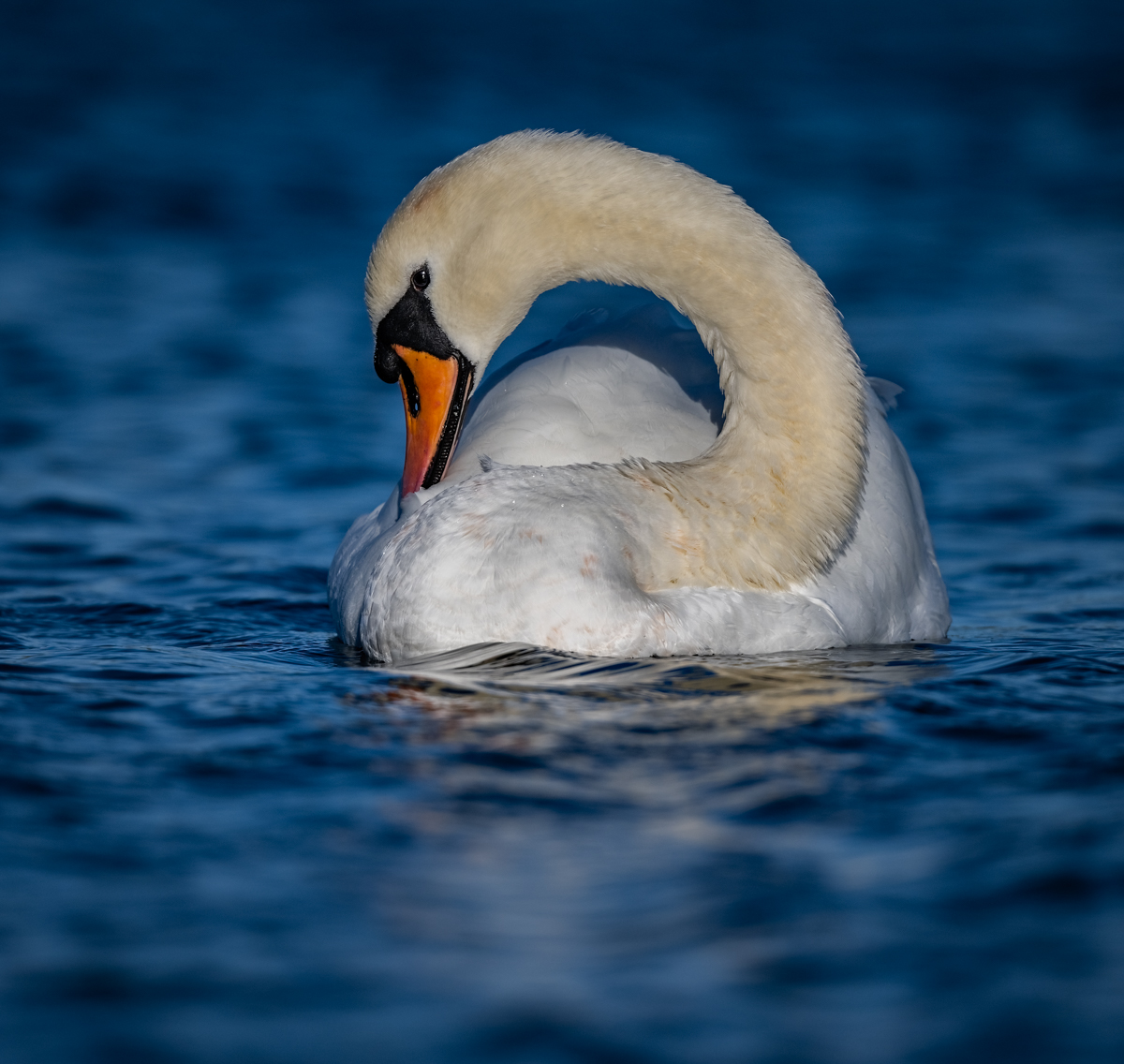
Mute Swans are a majestic species and a common sight on the waterways of the United Kingdom. But, did you know that all of the Mute Swans you see in the United Kingdom belong to the reigning monarch of the United Kingdom? Since 1952, Queen Elizabeth II, was the owner of all free and unmarked swans that roamed free on British waterways. The ownership of the swans will be passed on to the new monarch King Charles III when he is officially crowned next May (2023). The monarchy actually has an employee known as the Royal Swan Marker who is employed to monitor the health and populations of the Swans on the River Thames in London, the Royal Swan Marker also continues to organize the annual ‘Swan Upping’ event that catches and historically marks the Swans.
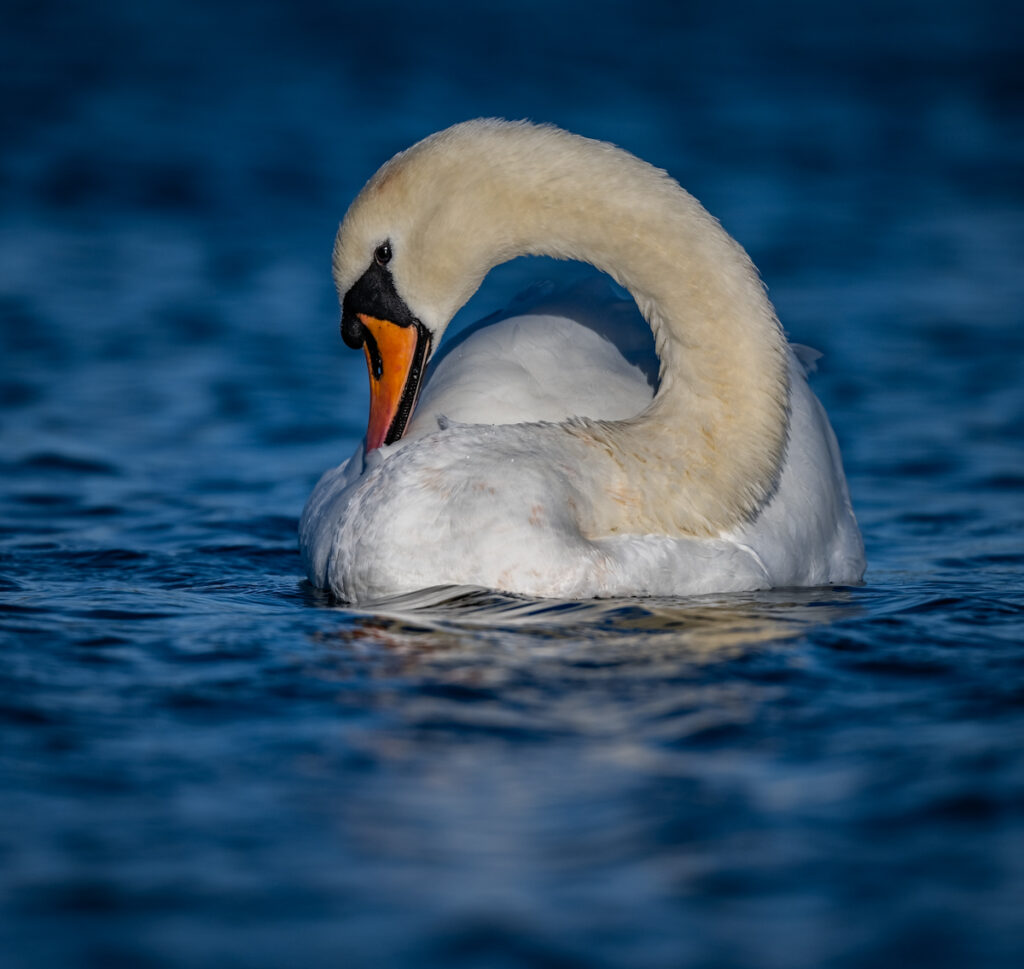
Mute Swans are not a native bird to the United Kingdom, the arrival of the Mute Swan to the UK is a little unclear but it is believed that the first swans were brought to the UK by King Richard I (r. 1189 – 1199) who purchased a flock from Cyprus. The Swans soon became a status symbol for royalty and other rich and powerful people and were often eaten at royal feasts. An example is the 40 swans ordered for Christmas dinner by King Henry III in 1247. Swans continued to be a delicacy reserved for the rich into the 1800’s when they fell out of fashionable flavor. In the UK Swans became illegal to eat in 1981. In addition to the prized meat, the upper class would use swan feather quills for writing, although many preferred the more flexible goose feather quills it was said that the swan quills would last at least fifty times longer. It was around the year 1500 when Queen Elizabeth I wanted to do a round-up of all the Swans and take ownership of all the unmarked swans, this was done much to the dismay of some other wealthy people who attempted to claim ownership of swans on their lands.
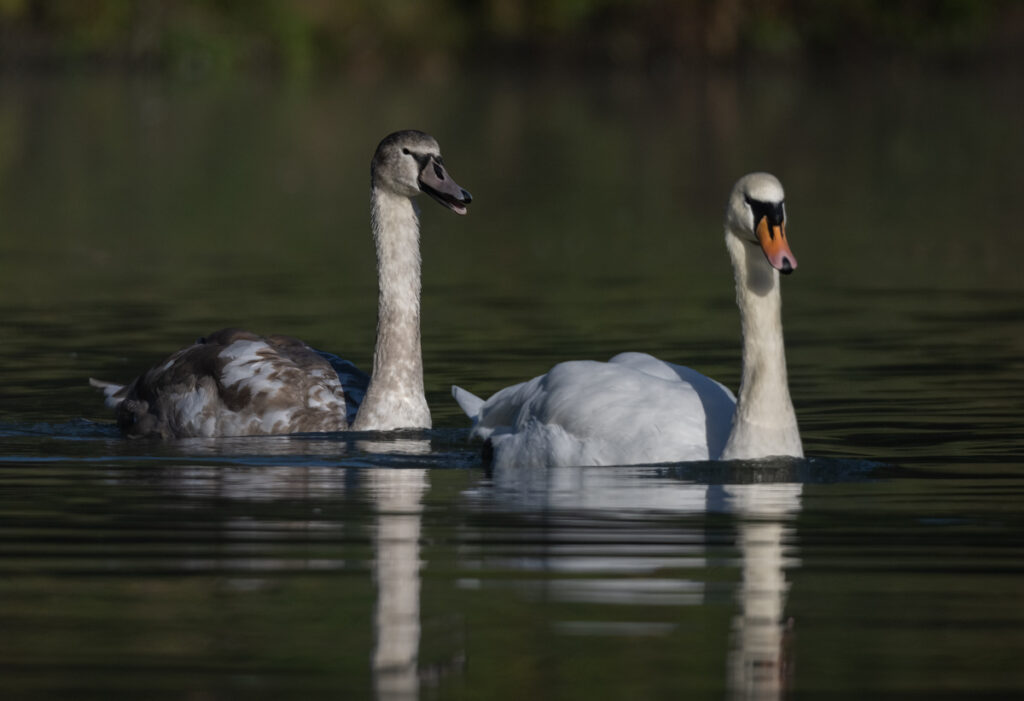
The reigning monarch owns all ‘unmarked’ swans on British waters and there are three other owners of Swans in the United Kingdom. On the River Thames in London, The Vintners Company and the Dyer’s Company. The third is Abbotsbury Swannery located on the Dorset Coast in southern England. (Owen visited the Swannery during his England bird photography trip in October 2022). The company’s had to ‘mark’ their swans, this was usually done by marking the bills of the swan, two nicks on the bill for the Vintners Company and one nick for the Dyer’s Company. Any ‘unmarked’ swans were owned by the monarchy. The tradition of marking the swans continues on the Thames to this day, normally in the third week of July when the Swan Upping event takes place. The event is led by the Royal Swan Marker, but nowadays the event is more about checking and monitoring the condition of the swans on the river and is a great chance to educate people about the swans. Queen Elizabeth II even participated in the event in 2009, the first time she had actually taken part in the ritual. Life on the Thames for a swan can be a hazardous one with injuries caused by boats, discarded fishing tackle, plastic bags, overhead power lines and even attacks by off-leash dogs and even malicious human attacks. The swan upping checks for any injuries and will provide treatment for any injuries found. In the 1970’s and 80’s a large decline in the UK Mute Swan population was found to be because of lead poisoning from swallowing discarded fishing lead weights and shot. Lead weights have since been banned and the Swan population has now rebounded.
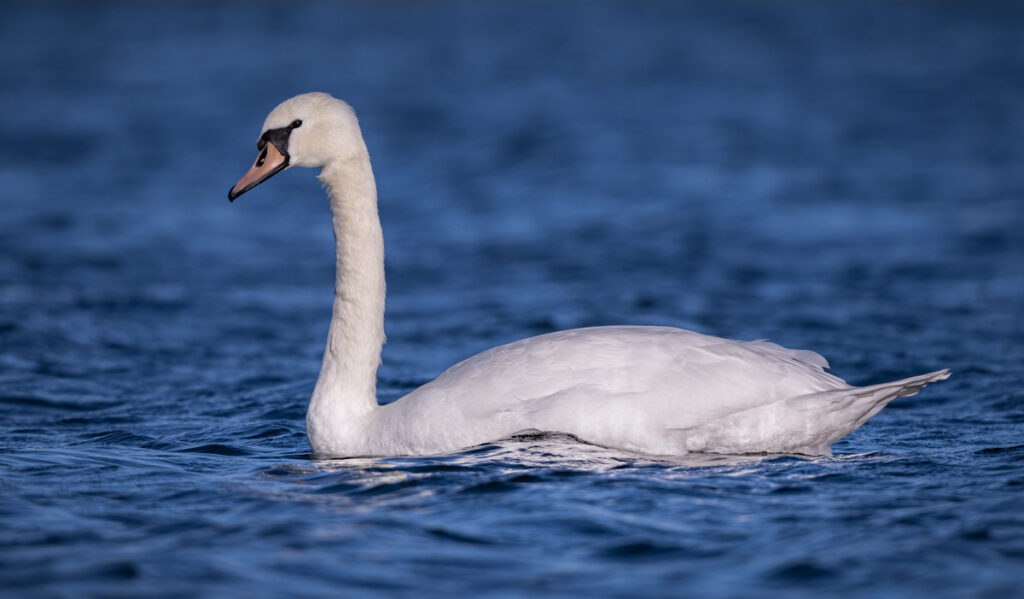
Mute Swans are native to Eurasia, as mentioned they were introduced to the United Kingdom. They have also more recently been introduced to the United States initially to waterfowl collections, parks or large estates, escapes from these resulted in a growing wild population and they are now a fairly common sight and increasing in numbers on the Atlantic coast from Maine south to the Carolina’s, they are also increasing populations in the Great Lakes region and the Pacific Northwest. Due to their large size and generally aggressive behavior towards native birds they are often considered a pest in North America. The behavior can displace native waterfowl and their size can result in over-grazing of native aquatic vegetation. There have been attempts to control Mute Swan populations in various states throughout the US through the use of egg-addling or even the removal of adult swans; the measures have mostly not resulted in the reduction of the overall swan population. Mute Swans can live for more than 20 years, they also are monogamous and pair for life.
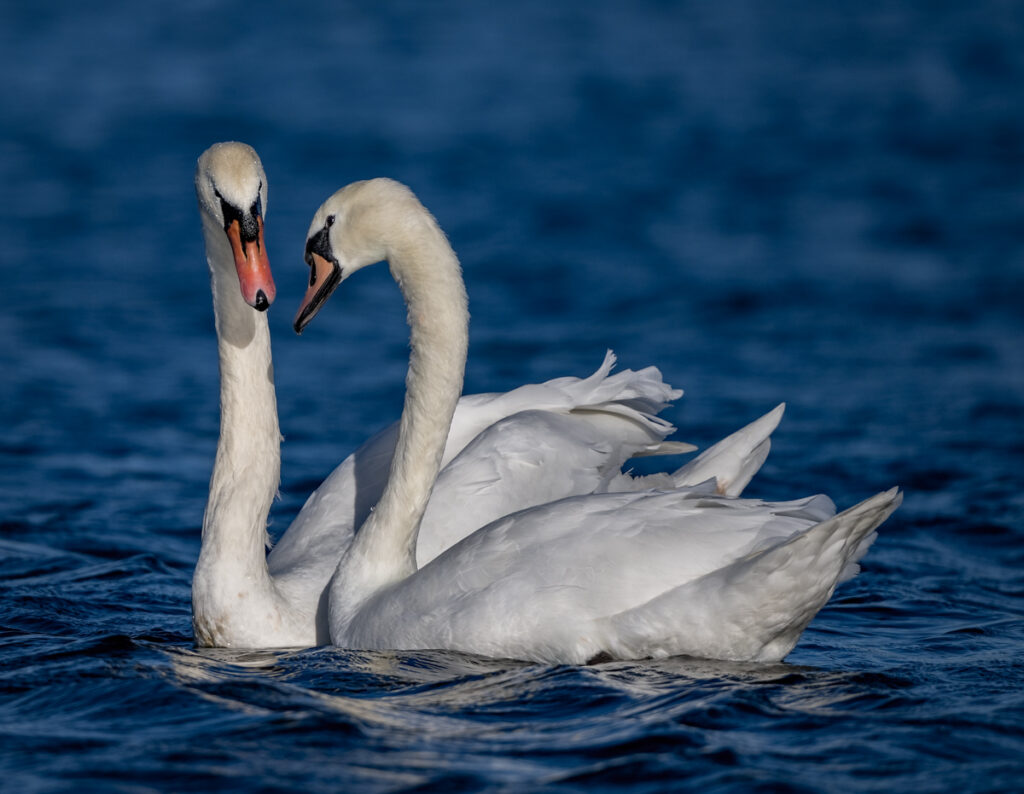
Mute Swans, despite their name, are not mute. In fact, a wide array of sounds from grunts, a reserved trumpet or bugle, snort, snore, whistle, and hiss. Calls, however, are not as amplified, nor do they carry like those of other Cygnus species such as the familiar Trumpeter Swan. You can hear Mute Swans in flight from as much as 2km away, their wings when flapping make a rhythmic singing sound that is also believed to aid in communication.
On a recent trip to England, Owen observed Mute Swans at many locations, photographing them at Nene Park (Peterborough), Dawlish Warren (Devon), and Abbotsbury Swannery (Dorset).


